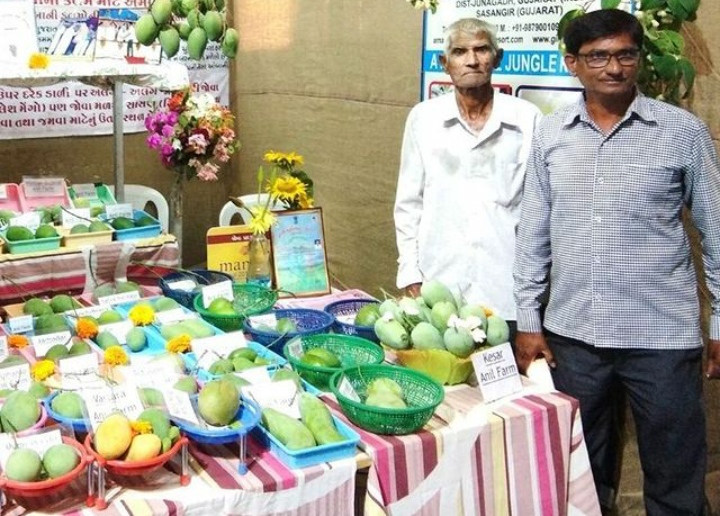A Taste of Diversity: The Live Mango Museum in Gujarat
In the heart of Gujarat, a unique family-operated venture is delighting visitors and mango enthusiasts alike. The Patel family has transformed their passion for the king of fruits into a flourishing business, establishing a live mango museum that showcases over 230 varieties of mangoes. This innovative agritourism model has not only put their small town on the map but also generates an impressive annual income of Rs 45 lakh.
The Genesis of a Fruity Endeavor
The idea for the mango museum sprouted from the Patel family’s long-standing love for horticulture. The family patriarch, Vishnu Patel, who spent decades cultivating various mango strains, envisioned creating a space where people could learn about and savor different mango varieties. His vision was to educate the public about the diversity within a single fruit species, which many often overlook.
A Living Exhibit
Unlike traditional museums, the Patel’s mango museum is a vibrant, living orchard spread over several acres. Visitors are greeted by rows of mango trees, each labeled with the name and origin of the variety it bears. From the well-known Alphonso and Kesar to the exotic Raspuri and Langra, the museum offers a comprehensive tour of the mango world.
Visitor Experience
Touring the museum is an immersive experience. Guests can stroll through the orchard, guided by knowledgeable staff who provide insights into the history, cultivation, and unique characteristics of each mango variety. The tour often concludes with a tasting session, where visitors can sample the diverse flavors and textures of the mangoes, appreciating the subtle differences between each type.
The museum also hosts seasonal workshops and events, where visitors can learn about grafting techniques, organic farming practices, and the art of mango preservation. These activities not only attract tourists but also provide valuable education to local farmers looking to diversify their crops.
Economic Impact
The museum has become a significant local attraction, drawing in tourists from across India and even from abroad. The entry fees, coupled with the sale of fresh mangoes and related products like pickles, jams, and mango pulp, contribute to the museum’s robust income. The Rs 45 lakh annual revenue has not only supported the Patel family but also created employment opportunities for the local community.
Additionally, the museum has sparked a renewed interest in traditional mango varieties, encouraging other farmers in the region to preserve and cultivate heirloom strains that were on the brink of disappearing.
Looking Ahead
The Patel family’s mango museum is a testament to how passion and innovation can turn a simple idea into a thriving business. They plan to expand the museum, introducing new varieties and incorporating advanced sustainable farming techniques. There are also plans to create an online presence, offering virtual tours and an e-commerce platform to sell their products nationwide.
The live mango museum stands as a model for agritourism, demonstrating that with creativity and dedication, farming can be both educational and profitable. It is a shining example of how traditional agriculture can adapt to modern economic landscapes, ensuring sustainability and prosperity for future generations.
In a world where agrarian livelihoods are often under threat, the Patel family’s endeavor offers a sweet reminder that innovation, rooted in tradition, can yield rich and rewarding fruits.

